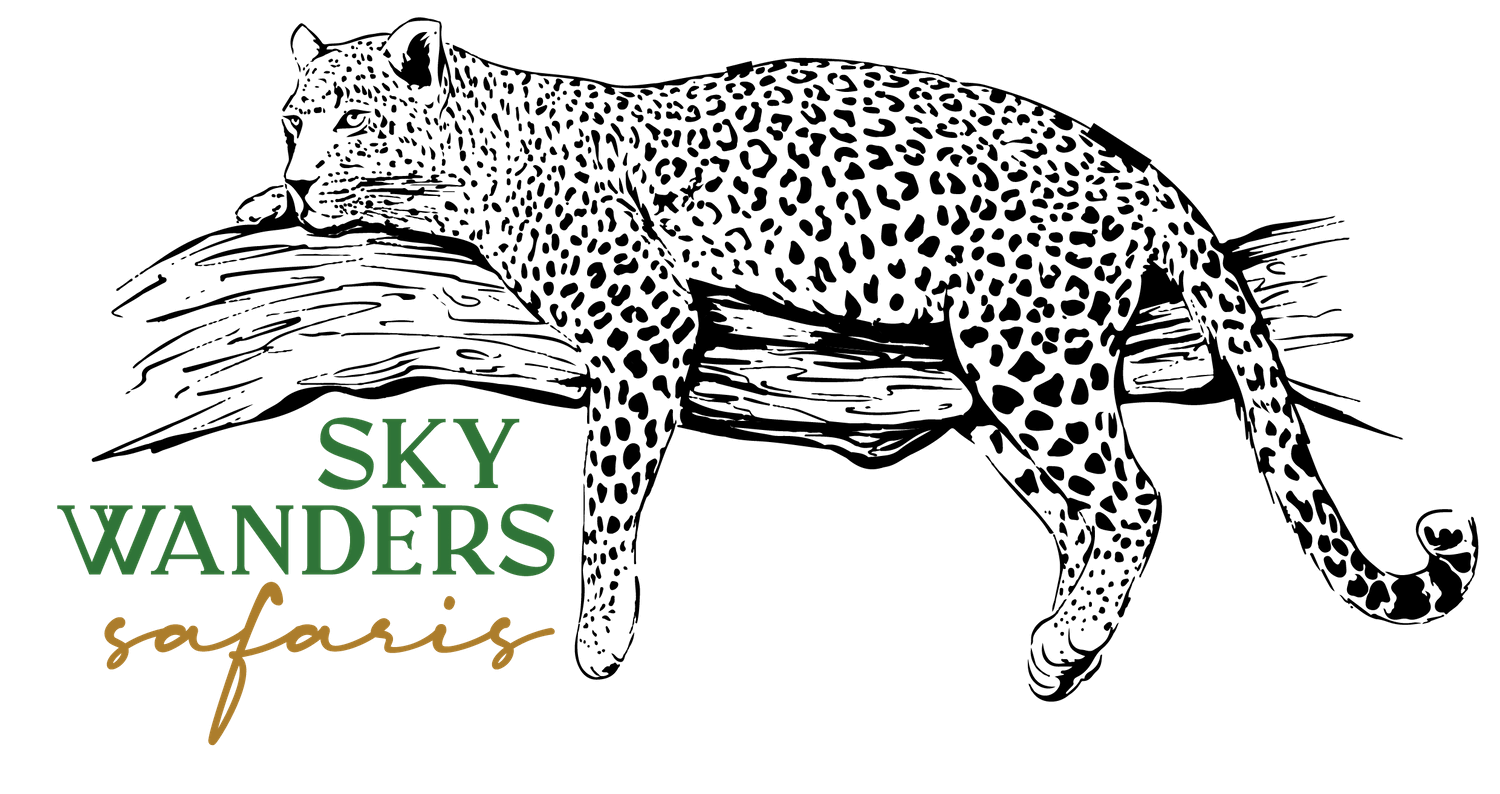Ngorongoro Conservation Area
Northern Destination
About Ngorongoro Conservation Area
Ngorongoro Conservation Area spans an area of over 8,000 square miles and is famous for the Ngorongoro Crater, the world’s largest intact volcanic caldera. The area is not only home to incredible wildlife but also supports the pastoral Maasai people, who live alongside the animals and continue their traditional way of life. The NCA was established in 1959 to balance the conservation of wildlife with the preservation of Maasai culture and lifestyle.
The Ngorongoro Crater itself, formed millions of years ago by a volcanic eruption, provides a unique environment where animals thrive.
The conservation area is rich in biodiversity, ranging from savannah plains to highland forests, and offers visitors an unparalleled safari experience with a wide variety of wildlife in one location.
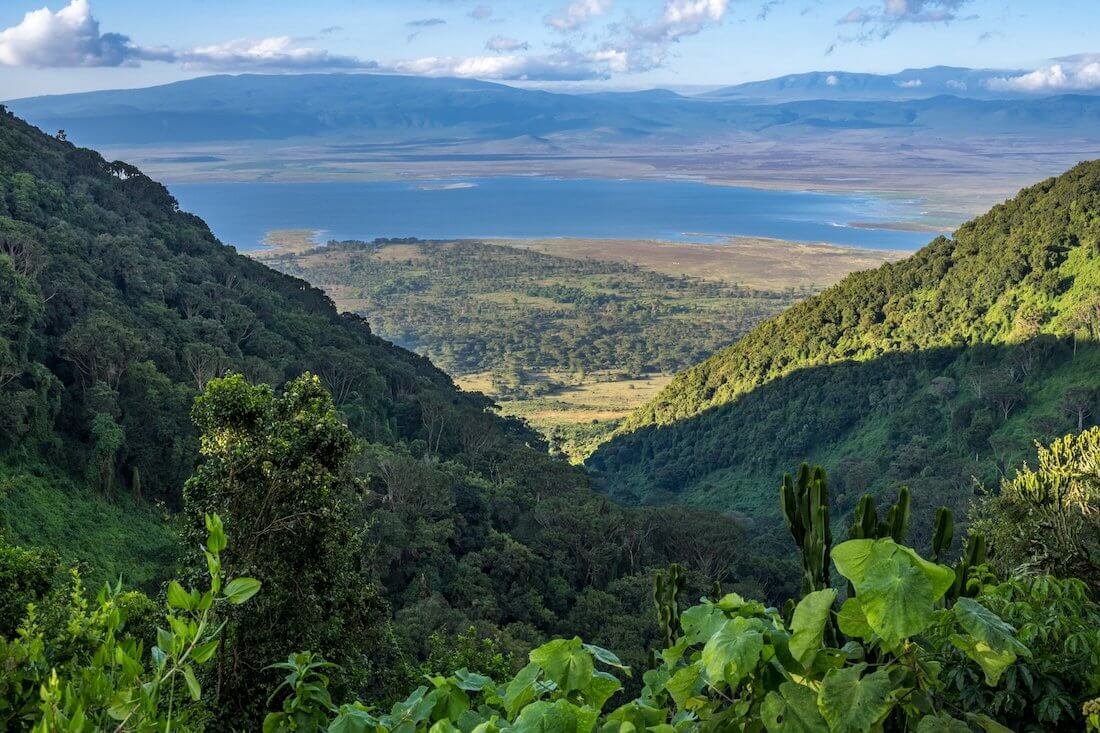
Attractions Found in Ngorongoro Conservation Area
The highlight of the conservation area, the Ngorongoro Crater, is a stunning caldera filled with wildlife. With over 25,000 large mammals, including elephants, lions, buffalo, and rhinos, the crater offers some of the best game viewing opportunities in Tanzania. It is also a fantastic place to spot endangered species like the black rhino.
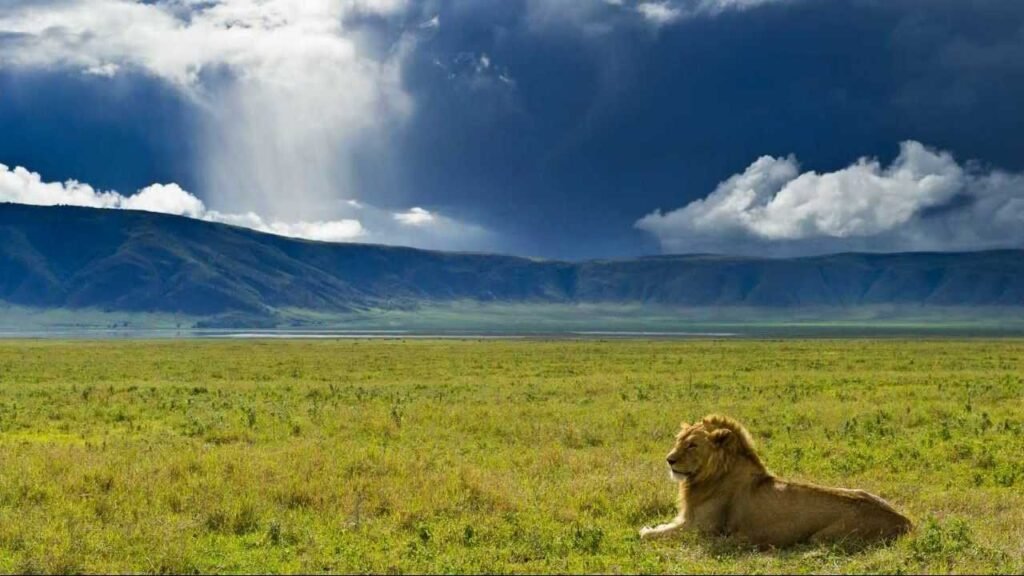
Known as the “Cradle of Humankind,” Olduvai Gorge is one of the most important paleoanthropological sites in the world. The site is famous for the discovery of early human fossils and provides a fascinating glimpse into our ancient past. A visit to the Olduvai Museum offers insight into the evolution of humankind.

Ngorongoro is also home to the Maasai people, who have lived in harmony with wildlife for centuries. Visitors can take guided tours of Maasai villages, where they can learn about Maasai culture, traditions, and lifestyle, offering a unique cultural experience.
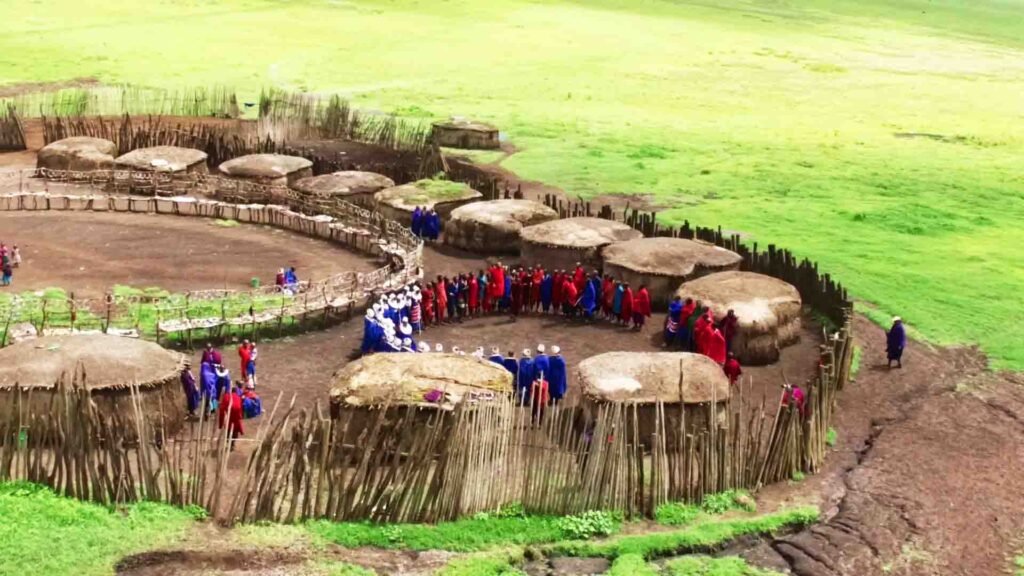
Ngorongoro is home to several lakes, such as Lake Magadi, a soda lake that attracts flamingos and other bird species. The conservation area also boasts forests, like the highland forests surrounding the crater rim, which are home to a variety of primates and bird species.

Activities to Do in Ngorongoro Conservation Area
Game Drives:
The Ngorongoro Crater is a must-see for wildlife enthusiasts, offering exceptional game drives throughout the year. The crater's compact size and abundant wildlife make it one of the best places for spotting the "Big Five" — lion, leopard, buffalo, elephant, and the critically endangered black rhino.
Cultural Visits:
A visit to a Maasai village is a culturally enriching experience. You can learn about Maasai traditions, their livestock practices, and their coexistence with wildlife. Maasai guides provide insight into their heritage, which has been intertwined with the land for generations.
Walking Safaris
For a more intimate safari experience, walking safaris in the Ngorongoro Conservation Area allow you to explore the natural beauty of the highlands, accompanied by a Maasai guide or armed ranger. These walks offer a unique opportunity to learn about the flora and fauna up close.
Hiking:
Ngorongoro offers some fantastic hiking opportunities, particularly around the crater rim. Hiking in the highlands provides stunning panoramic views of the crater floor below, and the diverse landscapes make for a memorable adventure.
Birdwatching
With its diverse ecosystems, Ngorongoro is a haven for birdwatching. Over 500 species of birds can be spotted in the area, including the iconic flamingos on Lake Magadi and the endangered Jackson’s Widowbird in the grasslands.
Visit Olduvai Gorge:
Step back in time with a visit to Olduvai Gorge, one of the world’s most important archaeological sites. Here, you can explore the site of early human fossils and learn from the local guides about the significance of the discoveries made at this site.
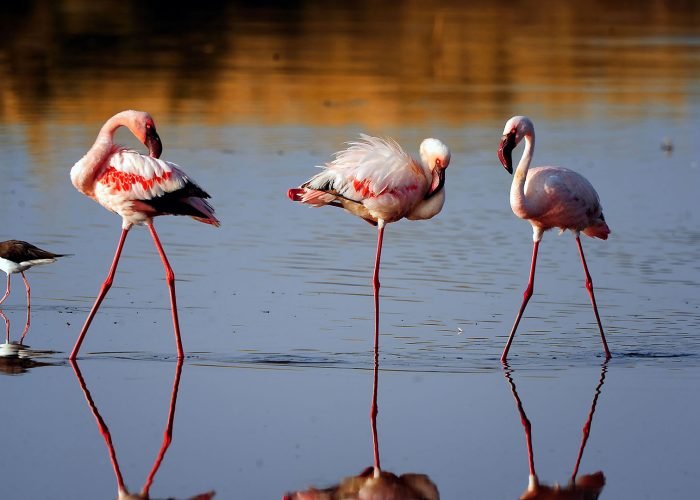

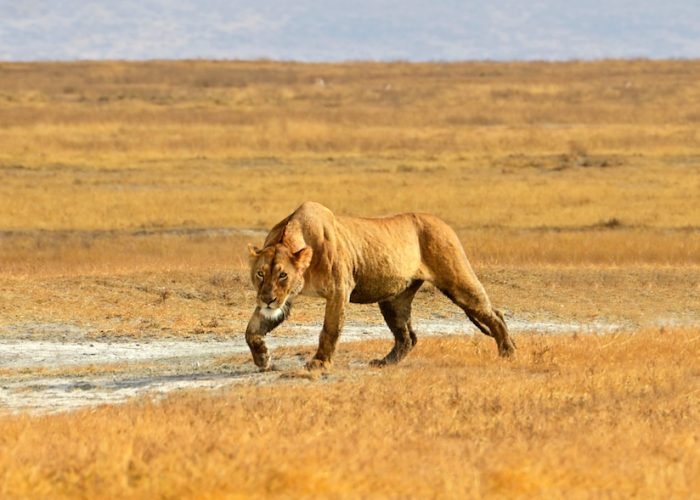
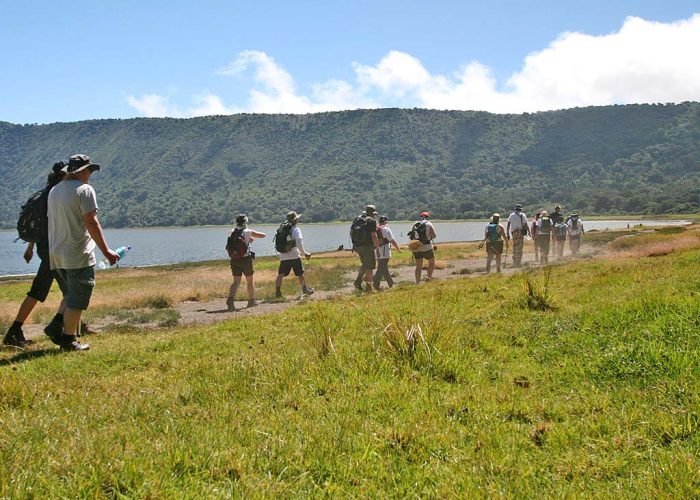
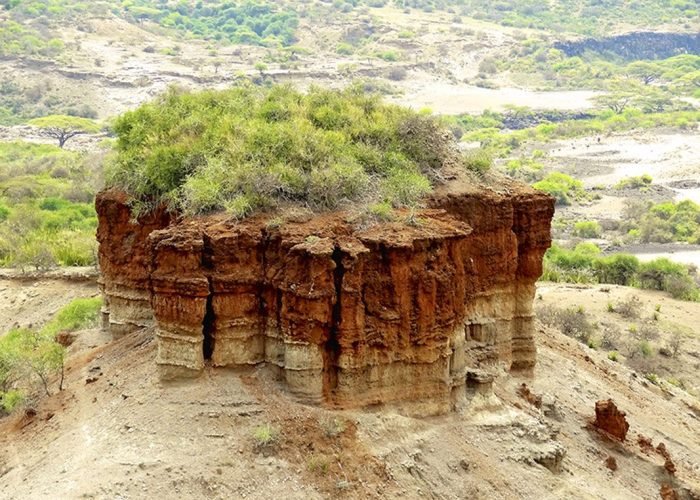
Weather and Climate in Ngorongoro Conservation Area
The climate in Ngorongoro is temperate due to its elevation, which makes it different from the typical tropical climate found in other parts of Tanzania. The weather in Ngorongoro is generally mild and comfortable throughout the year.
- Dry Season (June to October): The dry season is considered the best time to visit Ngorongoro as the wildlife is concentrated around the water sources, making it easier to spot animals. The temperatures are cool during the day and chilly in the early mornings and evenings, especially in the highland areas.
- Wet Season (November to May): The wet season brings lush green landscapes, though some roads can become muddy. The rainy season also means fewer tourists, providing a quieter and more peaceful safari experience. While wildlife can be more dispersed, birdwatching opportunities are at their peak, as migratory birds flock to the area.
How to Get to Ngorongoro Conservation Area
- By Road: Ngorongoro is easily accessible by road from Arusha, which is about a 3-4 hour drive away. Visitors can travel by safari vehicle, and Sky Wanders Safaris offers comfortable road transfers to the Ngorongoro Crater and surrounding areas. The road journey allows you to enjoy scenic views of the Tanzanian countryside along the way.
- By Air: While Ngorongoro does not have a commercial airport, visitors can fly to nearby airstrips, such as the Lake Manyara Airstrip or the Seronera Airstrip in the Serengeti. From these airstrips, visitors can take a short flight to a private airstrip closer to the Ngorongoro Conservation Area, followed by a drive to the crater.
- Private Safari Tours: Sky Wanders Safaris provides private tours to Ngorongoro, offering tailored experiences with knowledgeable guides and comfortable vehicles. Our services include both road and air transfers, ensuring a seamless and hassle-free experience from the moment you land in Tanzania.
